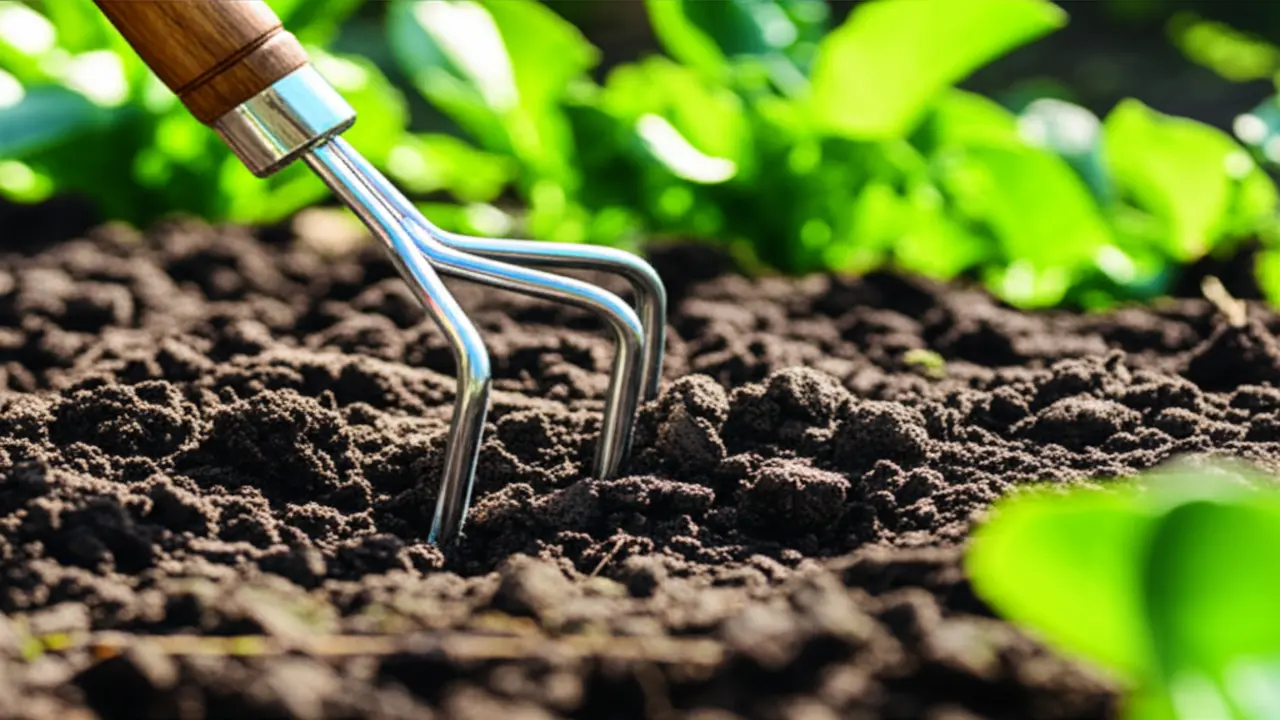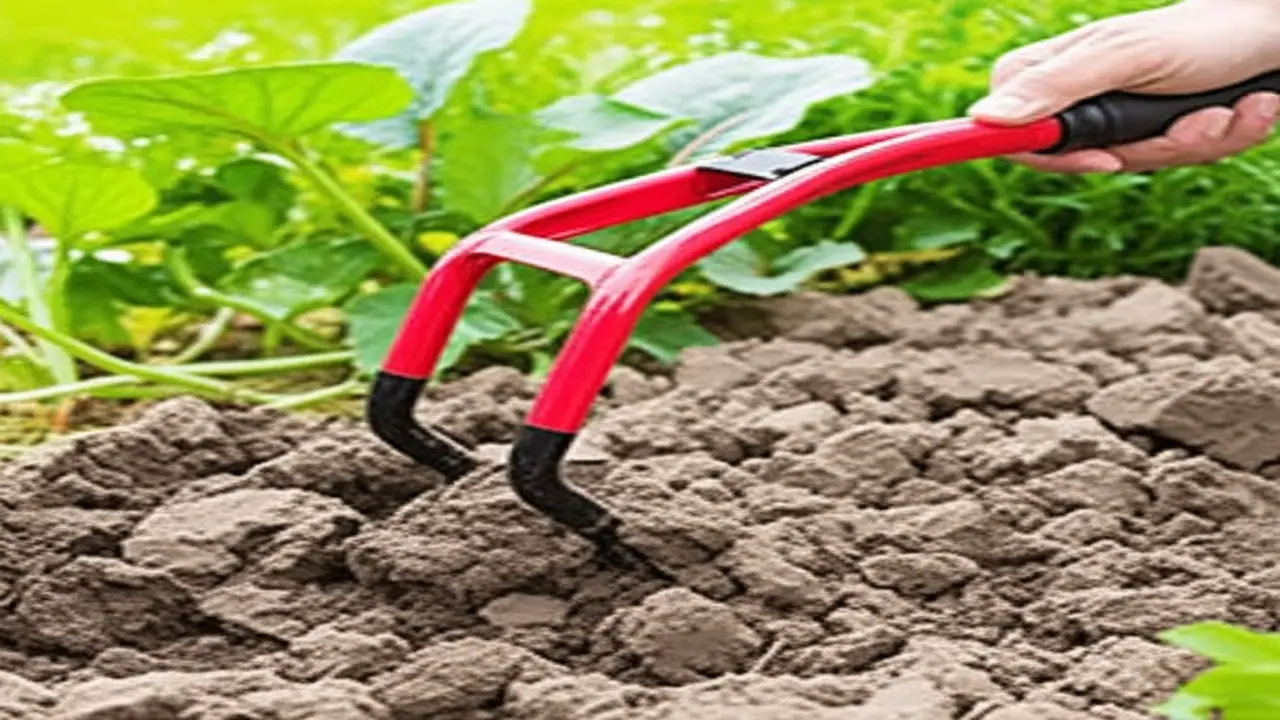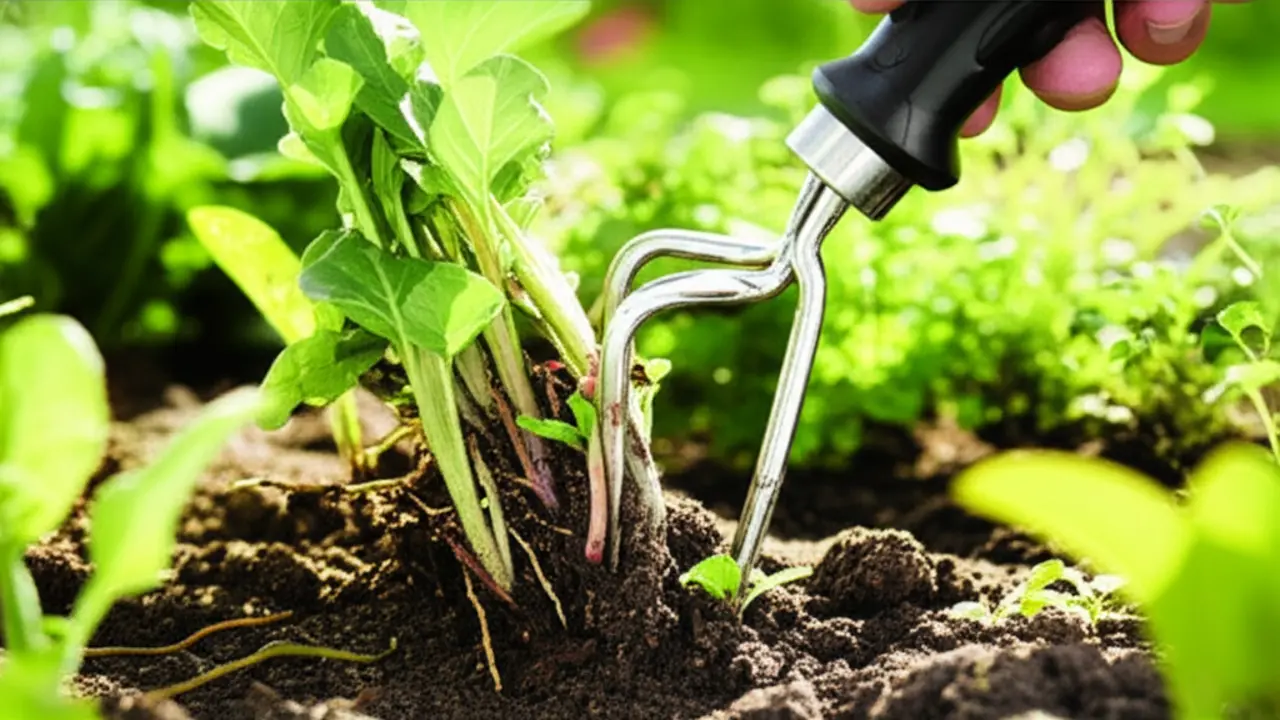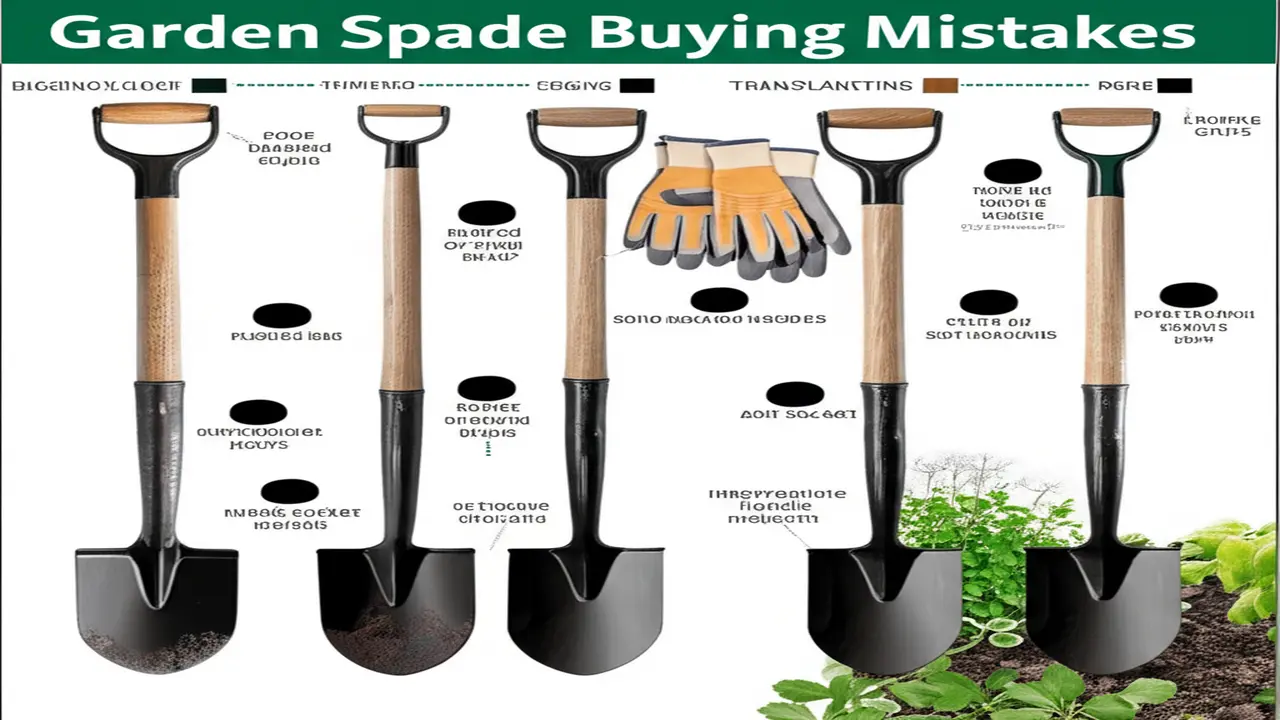Hand Cultivator Soil Types: Mastery for Every Garden Soil
Unlocking the full potential of your garden begins with understanding your tools and soil. Among the essential gardening implements, the hand cultivator stands out for its versatility in soil management tasks such as weeding, aeration, and incorporating amendments. However, the efficacy of this tool is closely tied to the type of soil it is used on. Different garden soil types can vastly impact the ease of cultivation and the health of your plants.
Thank you for reading this post, don't forget to subscribe!In this guide, we explore the nuances of using a hand cultivator across diverse soil compositions, offering expert techniques, tool recommendations, and practical tips to optimize your gardening efforts in 2025 and beyond.
I. Introduction: Unlock Your Garden’s Potential with the Right Tool & Technique
A hand cultivator is a handheld gardening instrument typically designed with several sturdy tines or claws. It is primarily employed for loosening soil, removing weeds, and mixing soil amendments to enhance aeration and nutrient distribution. Its compact size makes it ideal for precision work in confined spaces, raised beds, or delicate flower borders.
The effectiveness of a hand cultivator is not universal; it depends profoundly on the soil type it is used in. Soil composition influences how easily the tool penetrates the ground, the effort required, and ultimately the health of the garden plants.
Our objective is to equip gardeners with comprehensive insights to select and use a hand cultivator appropriately depending on their soil characteristics, enabling better garden outcomes with less physical strain.
II. Understanding Your Soil: The Foundation for Effective Cultivation
Grasping the nature of your soil lays the groundwork for successful soil cultivation.
A. Overview of Common Soil Types
Sandy Soil is characterized by quick drainage and a gritty texture, easy to work with but often low in nutrients and moisture retention.
Loamy Soil presents a balanced mix of sand, silt, and clay, making it crumbly and fertile — generally deemed optimal for gardening endeavors.
Clay Soil is dense and heavy, sticky when wet and hard when dry, with poor drainage. This soil type poses significant challenges during cultivation.
B. Key Factors Beyond Soil Type
While soil texture matters, other elements also affect hand cultivator performance:
- Soil Moisture: Moist soil is more workable; overly wet soil risks compaction; too dry makes cultivation difficult.
- Compaction Levels: Highly compacted soils resist penetration, increasing labor intensity.
- Rocks and Debris: Presence of stones hampers tool movement and can damage tines.
III. Hand Cultivator Performance Across Specific Soil Types: A Deep Dive
A. Working with Sandy Soil
Sandy soil allows for easy penetration and rapid aeration. It suits light weeding, integrating amendments, and preparing seedbeds efficiently. However, care must be taken not to disturb deep roots, given the loose nature of sandy soils.
B. Cultivating Loamy Soil
Working with loamy soil provides an excellent balance of resistance and ease, making it ideal for comprehensive cultivation activities. The hand cultivator can perform all standard tasks effectively here, but gardeners should avoid over-cultivating to preserve soil structure.

C. Tackling Heavy Clay Soil
Clay soils present high resistance when cultivated and tend to cling to the cultivator’s tines, making the task more demanding. Effective use is often limited to surface aeration rather than deep cultivation. The soil should be worked only when it is slightly moist, employing short, firm strokes to avoid compaction.

D. Managing Compacted Soil
Highly compacted soil remains a formidable challenge for hand cultivators. Initial loosening is more effectively achieved with garden forks or power tillers. The hand cultivator serves well for follow-up soil aeration once compaction is reduced.
E. Navigating Rocky/Stony Soil
Rocky soils pose risks to hand cultivator tines by causing them to catch or bend. Removal of rocks prior to cultivation or opting for raised beds is advisable to protect tools and ensure efficient soil management.
IV. Optimizing Your Hand Cultivator Usage: Techniques & Tips
A. Soil Moisture Considerations
The moisture content of soil critically dictates cultivation success. Overly wet soil risks compaction and poor aeration, while dry, hard soil impedes tool penetration. Ideal conditions are when soil is crumbly and moderately moist.
B. Proper Cultivation Techniques
Effective soil management involves selecting correct cultivation depths and motions. Shallow cultivation is suitable for delicate roots and surface weeds, while deeper work aids in better aeration. Employing a pulling motion generally offers more control and reduces fatigue compared to pushing. Cultivating in small sections ensures thoroughness and avoids overworking the soil.
C. Cultivation Goals
Using a hand cultivator may serve various purposes, including weeding, soil aeration, mixing in soil amendments, and seedbed preparation. The technique and effort applied should align with the intended outcome.

V. Choosing the Right Hand Cultivator Design for Your Soil
Understanding the variations in hand cultivator designs assists gardeners in selecting the best tool for their soil type and gardening tasks.
Claw Cultivators are well-suited for loosening soil and providing aeration in balanced or sandy soils.
Fork Cultivators excel at breaking small clumps and are particularly effective in loamy and somewhat compacted soils.
Hand Hoes are designed primarily for cutting roots and efficient weeding.
Specialized Designs with tougher construction serve well in difficult spots such as clay or rocky patches.
The tool’s construction material also influences durability and ease of use, with steel offering robust strength and aluminum providing lightweight maneuverability.
VI. When to Consider Alternative Tools (Limitations of Hand Cultivators)
While hand cultivators are versatile, certain soil conditions and gardening scales warrant alternative tools for efficiency and effectiveness.
Heavily compacted soils respond better to broadforks or powered tillers for primary loosening. Large garden areas may necessitate garden hoes or rototillers to save time and labor. Deep soil cultivation is typically better managed with spades or broadforks. In extremely rocky terrain, pickaxes or rock bars, as well as raised beds, may be necessary to prepare a workable soil bed.
VII. Conclusion: Empower Your Gardening Journey
Mastering the use of a hand cultivator demands a nuanced understanding of your garden’s soil makeup. The tool’s effectiveness is inherently linked to soil characteristics and proper technique.
Gardening success is enhanced by knowing your soil — whether sandy, loamy, or clay-heavy — and selecting the right cultivator design and cultivation approach accordingly. Experimentation with strategies and tools can lead to rewarding results and a fulfilling gardening experience.
For gardeners interested in expanding their toolset beyond hand cultivators, explore our detailed reviews of best garden spades and mini garden spades for various soil conditions and garden tasks.
FAQs
- What soil type is easiest to cultivate with a hand cultivator?
- Sandy and loamy soils are the easiest for hand cultivators due to their loose texture and good drainage.
- Can I use a hand cultivator in heavy clay soil?
- Yes, but only for surface aeration when the soil is just moist; avoid deep cultivation until the soil is improved.
- How do I prevent my hand cultivator from getting damaged by rocks?
- Clearing the garden soil of visible stones beforehand or using raised beds can protect your cultivator’s tines.
- What is the best moisture condition for cultivating soil?
- The soil should be crumbly and moderately moist, avoiding overly wet or dry conditions for the best results.
- Are there different hand cultivators for different gardening tasks?
- Yes, designs like claw cultivators, fork cultivators, and hand hoes specialize in tasks ranging from aeration to root cutting.
To gain a deeper understanding of soil types and their management, refer to the authoritative resources by the University of California Agriculture and Natural Resources and the Royal Horticultural Society. Also, insights on organic methods can be found via Garden Organic.

